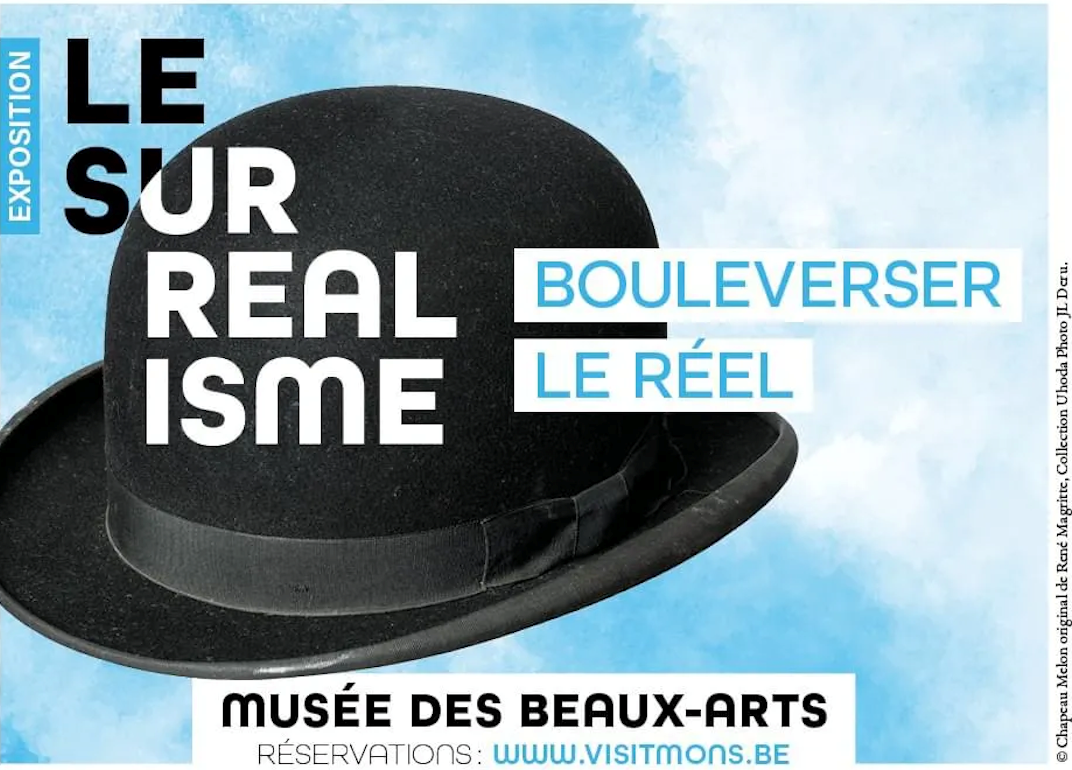
Dear visitor,
Our website is currently being redesigned to incorporate all the elements of the foundation's new project.
We look forward to sharing this with you in the coming weeks.
The Marcel Mariën Foundation
Our website is currently being redesigned to incorporate all the elements of the foundation's new project.
We look forward to sharing this with you in the coming weeks.
The Marcel Mariën Foundation
The news
Le surréalisme : Bouleverser le réel
24 October 2024

Cette exposition sur l’objet dans le surréalisme en Belgique est organisée dans le cadre des célébrations du centenaire du mouvement. L’objet surréaliste éveille depuis plusieurs années l’attention des institutions muséales internationales ; pourtant, aucune exposition n’a encore été consacrée à cette problématique, telle qu’elle se dessine en Belgique. Or la question de l’objet est au cœur de la définition même du surréalisme, à travers la notion d’ « objet bouleversant » créée par Paul Nougé.
Elle est directement liée à la recherche d’impact social qui caractérise le mouvement.
L’exposition se compose de deux parties correspondant aux deux étages du musée. La première partie retrace l’histoire de l’objet (trimensionnel, mais aussi dans la poésie, la peinture, la photo, le collage et le film) au sein du surréalisme des années 1920 et 1930. La seconde partie questionne quant à elle la destinée de l’objet surréaliste dans la nouvelle société de consommation qui se développe dans l’après-guerre. L’objet incarnait les valeurs du surréalisme : il était en dehors de l’art tant par son mode de création que par son incapacité à être commercialisé. Que peut-il devenir dans une société où le nouvel art est précisément composé d’objets ?
Tout au long du parcours, l’exposition met particulièrement en exergue les rapports pluriels entretenus par le surréalisme avec l’imagerie commerciale. Suivre le fil de l’objet offre ainsi une nouvelle perspective sur le mouvement dans sa globalité.
Marie Godet.
Docteure en Histoire de l'art
Recherche - expositions - publications
Si le coeur vous en dit. Artistes femmes au XXeme siècle en Belgique
September 09, 2024
The "Boulevard Jacqumain" project
September 02, 2024
February 23, 2024
Je suis pop, tu es pop, Belge est pop, pop, pop pop1
November 26, 2023
Surrealism au féminin? Musée de Montmartre
August 08, 2023









